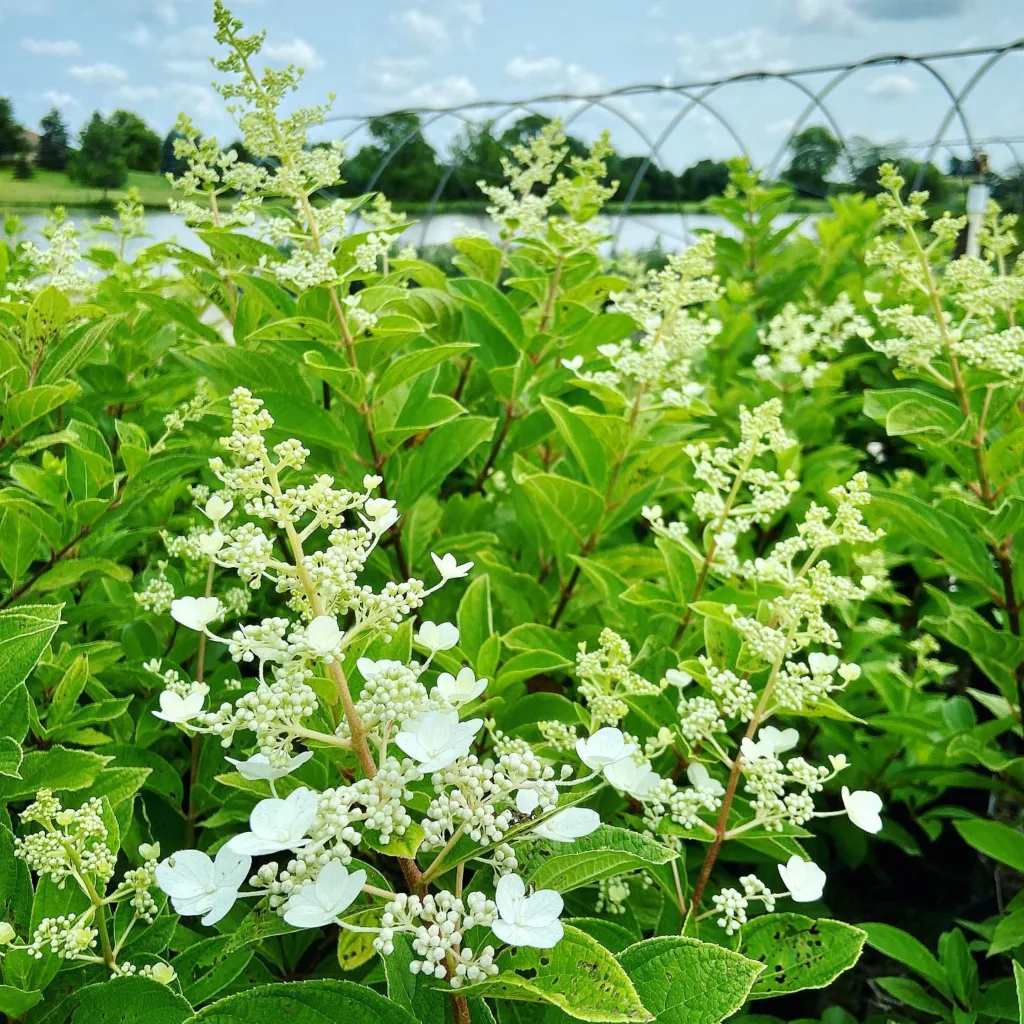
October 13 – Gloxinia
"Gloxinia, the velvet beauty, defines October 13."
Gloxinia symbolizes love and refinement. You bring elegance to every interaction. Like its soft petals, your touch is gentle and endearing.
What is Gloxinia?
Gloxinia is a genus within the Gesneriaceae family, native to Central and South America, particularly in Brazil, include 5 species:
- Gloxinia alterniflora A.O.Araujo & Chautems
- Gloxinia erinoides (DC.) Roalson & Boggan
- Gloxinia major (Fritsch) C.A.Zanotti & Lizarazu
- Gloxinia perennis (L.) Druce
- Gloxinia xanthophylla (Poepp.) Roalson & Boggan
These plants are recognized for their showy, tubular flowers and their velvety leaves, making them a popular choice among gardeners and indoor plant enthusiasts.
What fascinates me about Gloxinia is its diversity. Some species are epiphytic, growing on trees or rocks in the wild, while others are terrestrial. The variations in flower shape, size, and color between species make this genus truly remarkable.
How to Care for Gloxinia?
Caring for Gloxinia requires attention to a few core aspects. Whether you’re growing Sinningia speciosa or another species, they generally need similar conditions:
- Light: Gloxinia prefers bright, indirect light. Direct sunlight can scorch their leaves, but too little light will hinder their growth.
- Watering: Like most Gesneriads, Gloxinia does not like to have its leaves and flowers wet. I water mine from below by placing the pot in a tray of water for a few minutes. This helps to keep the foliage dry and avoid rot.
- Humidity: They thrive in environments with higher humidity, and misting the air around the plant can help.
- Soil: A well-draining soil mix, such as one made for African Violets, works well for Gloxinia. I sometimes mix in perlite for extra aeration.
- Temperature: These plants enjoy temperatures between 65-75°F (18-24°C), so I always keep them indoors during cooler months.
Can Gloxinia Be Planted Outside?
In most regions, Gloxinia is grown as an indoor plant due to its sensitivity to cold temperatures and harsh sunlight. However, if you live in a tropical or subtropical climate, certain Gloxinia species can thrive outdoors in shaded areas. I’ve experimented with planting Gloxinia perennis outside in a shaded garden bed, and it performed well as long as it was kept out of direct sun and the soil remained moist.
How to Propagate Gloxinia?
Propagation is one of the most exciting aspects of growing Gloxinia. There are a few methods I’ve tried with success:
- Leaf Cuttings: Take a healthy leaf and plant it in a moist, well-draining soil mix. Keep the soil moist and in bright, indirect light until roots form. This method works particularly well for Sinningia speciosa.
- Tubers: Some species of Gloxinia, like Sinningia speciosa, form tubers. During dormancy, I’ve dug up the tubers and divided them. Each division needs to have a growth bud for successful propagation.
- Seeds: Some species, like Gloxinia sylvatica, produce seeds that can be harvested and sown. I collect the seeds once the flower heads have dried out, then scatter them on moist soil.
Is Gloxinia a Perennial?
Yes, Gloxinia is a perennial, particularly those species that form tubers. They typically die back after blooming and enter a dormancy period, only to re-sprout again the following year. I’ve noticed that giving the plant proper dormancy care is crucial to ensuring its return.
Is Gloxinia a Potted Plant?
Gloxinia is most commonly grown as a potted plant, especially indoors where environmental conditions can be controlled. I keep mine in pots to ensure they get the right balance of light, water, and humidity. Additionally, the tuberous varieties like Sinningia speciosa are easier to manage in pots since they can be moved around during their dormancy period.
Are Gloxinia Toxic to Cats?
Good news for pet lovers—Gloxinia is not toxic to cats or dogs. Having pets myself, this was one of my first concerns when I started growing Gloxinia. Although they’re non-toxic, I still keep them out of reach to avoid any accidental damage to the plants.
How to Collect Gloxinia Seeds?
After the flowers bloom, seeds begin to form within the pods. I usually wait until the pods dry out completely before collecting the seeds. Once I’ve gathered them, I sow the seeds in a moist soil mix, keeping them in a warm, bright area. Germination can take a few weeks, but it’s worth the wait. I’ve had success with this method, especially with species like Gloxinia sylvatica.
Gloxinia vs. African Violet
Although Gloxinia and African Violet both belong to the Gesneriaceae family, they have noticeable differences. Gloxinia tends to have larger, more bell-shaped flowers, whereas African Violet has smaller, rounded blooms. African Violets are also easier to grow year-round, while Gloxinia often requires a rest period. Personally, I find Gloxinia to be more dramatic in terms of flowering, but African Violets are more forgiving in terms of care.
Gloxinia vs. King Gloxinia
“King Gloxinia” is often a term used for larger hybrids or cultivars of Sinningia speciosa. From my experience, these hybrids tend to have larger blooms and a more robust growth habit compared to the standard species. They both require similar care, but the King varieties tend to make more of a statement in terms of size and vibrancy.
Common Problems with Gloxinia
One issue I’ve encountered with Gloxinia is leaf and flower rot, often due to overwatering or high humidity with poor air circulation. Ensuring proper drainage and allowing the plant to dry out slightly between waterings can prevent this. Another common problem is powdery mildew, which can be addressed by improving air circulation around the plant and avoiding overhead watering.
Where to Buy Gloxinia?
Gloxinia plants, particularly Sinningia speciosa, are widely available at nurseries, online plant retailers, and sometimes even big-box stores. For rarer species, I’ve had success connecting with specialty plant shops or collectors who sell unique varieties.
Growing Gloxinia has been a rewarding experience for me, and I hope these insights help you cultivate your own thriving plants!
If i die, water my plants!



